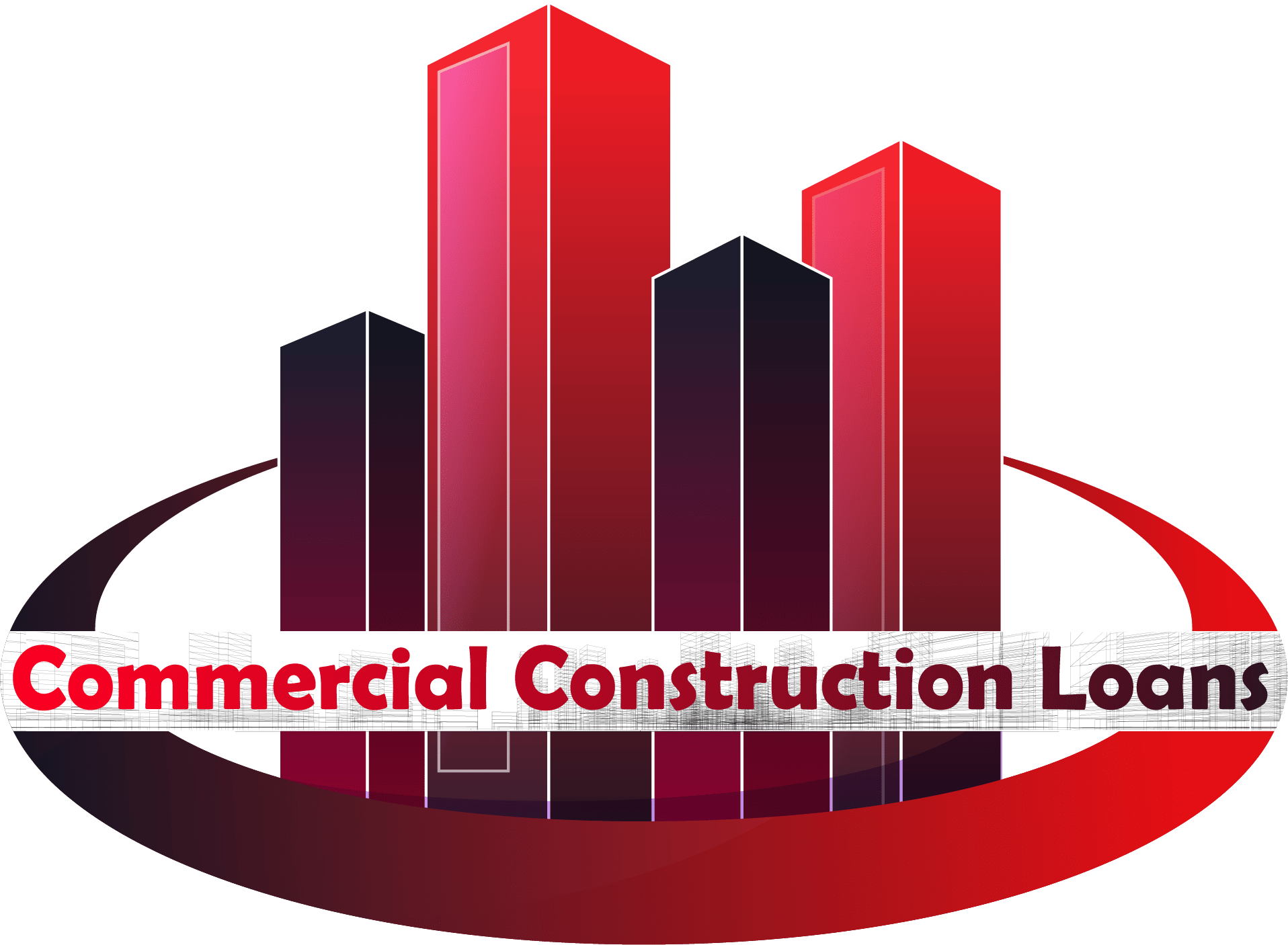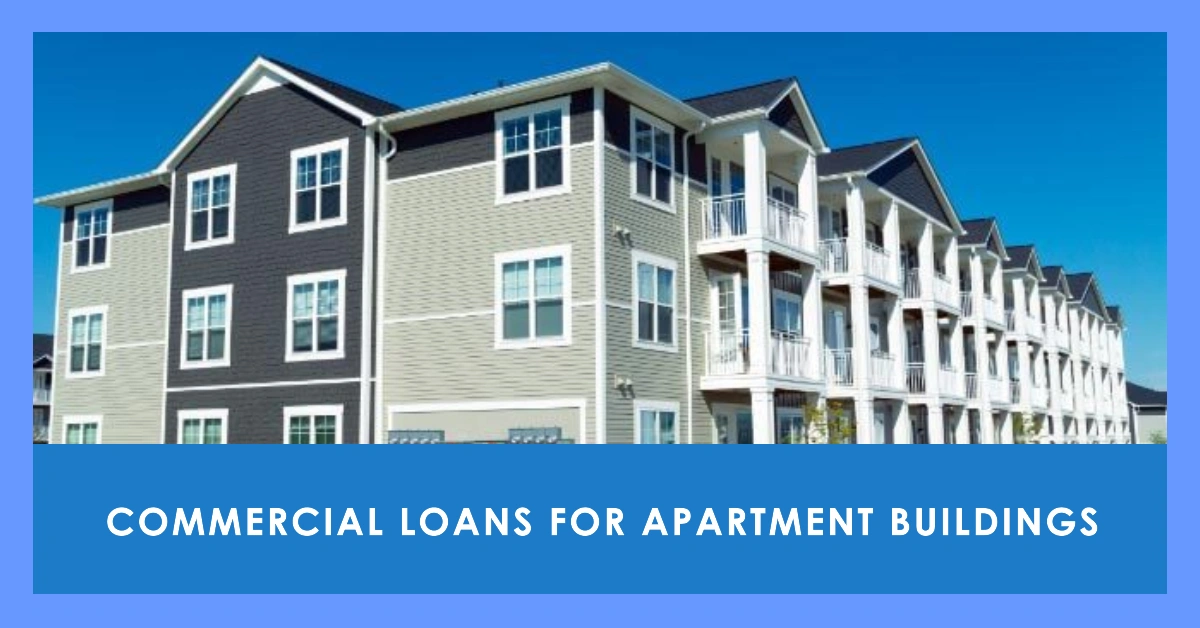When you refinance, you get a new loan with better terms than the old one. This can give commercial loans for apartment buildings a smart way to access property, lower monthly payments, or extra money for repairs or growth.
Apartment buildings make up a big part of the real estate market and have much opportunity to grow. When a home’s value increases, owners can use this wealth to refinance.
Different kinds of business loans can be used to refinance apartment buildings. These include conventional, commercial mortgage-backed securities (CMBS), and portfolio loans. Each type of loan has its requirements and terms, so it’s essential to weigh your choices carefully.
This blog aims to help apartment building owners understand and navigate the borrowing process. We’ll discuss the most important things to consider, the steps needed, and the possible benefits of refinancing.
Should your apartment building refinance? Let’s look into the options together.
What is Refinancing, and How Does it Work?
A financial plan called “refinancing” involves getting a new loan to pay off an old one. Refinancing is a way for property owners to get a new loan with better terms for business loans for apartment buildings. This could mean lower interest rates, a longer or shorter loan time, or both.
By refinancing, property owners can lower their monthly mortgage payments, access their home’s equity, or obtain money for home changes and renovations. The process usually involves working with a lender to get a new loan and then using the money from that loan to pay off the old one.
Benefits of Refinancing Commercial Loans for Apartment Buildings
There are several essential perks to refinancing an apartment building, including:
Lower Interest Rates: One of the best things about refinancing is getting a lower interest rate. When people refinance at a cheaper rate, they can lower their monthly mortgage payments and save money in the long run.
Cash-Out Refinance: With a cash-out refinance, homeowners can get cash from some of their home’s value. This money can be used for many things, like making home changes, investing in a business, or consolidating debt.
Extend or Shorten Loan Term: You can change the loan time to fit your refinancing needs. Property owners can either shorten the loan term to pay it off faster or lengthen it to lower their monthly payments.
Consolidate Debt: When someone owns an apartment building with more than one loan, they can refinance them all into one loan with one monthly payment. This could make managing money more manageable and lower the interest cost.
Exploring Different Loan Options
When owners want to refinance an apartment building, they can choose from several different loans. Each type of loan has its features, pros, and cons.
Conventional Loans
Conventional home loans aren’t backed by the government and are given out by private lenders, banks, and credit unions. People usually need good credit and a significant down payment for a traditional loan.
Advantages:
- Competitive interest rates
- Flexible loan terms
- Potential for faster processing times
Disadvantages:
- Stricter underwriting guidelines
- Larger down payment requirement
Government-Backed Loans
The Federal Housing Administration (FHA) and Freddie Mac offer loans backed by the government. These loans are protected or guaranteed by the government. Most of the time, these programs have less strict requirements for who can qualify and how much down payment they need.
Advantages:
- Lower down payment requirements
- More flexible credit score requirements
- Potential for lower interest rates
Disadvantages:
- Mortgage insurance premiums
- Additional regulations and fees
- Longer processing times
Bridge Loans
Some people use bridge loans to pay for repairs before getting fixed financing. Others use them to cover the time between selling one home and buying another. They can be beneficial for apartment building owners who need money right away.
Advantages:
- Fast funding
- Flexible terms
Disadvantages:
- Higher interest rates
- Shorter repayment terms
Qualifying for Commercial Loans for Apartment Buildings Refinancing
Lenders will consider several factors, such as the property’s financial success and your ability to repay the loan, to decide if you are eligible for a commercial loan to refinance your apartment building.
Financial Strength of Your Apartment Building
The apartment building’s financial health is essential to getting a loan. The property’s lenders will look at its:
Occupancy Rates: High occupancy rates mean a strong desire for renters and a steady rental income stream.
Income from rentals: Rent that stays the same or goes up over time shows that the property can bring in cash.
The loan-to-value (LTV) number shows the loan’s amount compared to the property’s worth. A lower LTV number usually means the lender is taking on less risk.
Debt-Service Coverage Ratio (DSCR): This number shows how well a property can pay its debts. A higher DSCR means that the company’s finances are better.
Your Financial Strength as a Borrower
Lenders will also look at your financial health as a loan. Some critical factors are:
Credit Score: A good credit score shows that you have a reasonable credit risk and handle your money responsibly.
Business Experience: Lenders may look at how well you’ve previously managed properties and invested in real estate.
Stability in your finances: If you have many assets and enough income, your chances of getting a loan will increase.
Step-by-Step Guide to Refinancing Your Commercial Loans for Apartment Buildings
There are steps you need to take to make sure the refinancing of your apartment building goes smoothly.
Pre-Application Stage
Knowing how much money you have before you ask for a loan is essential. Check out the building’s income, costs, and occupancy rates. You should also consider the loan terms you want, such as the interest rate, the loan amount, and the time you want.
Talk to a financial advisor specializing in business real estate for detailed financial advice on your property. Sites like commercialconstructionloans.net can connect you with skilled professionals.
Application and Loan Underwriting
Once you’re ready, get the paperwork you need for the loan application. This usually includes your tax returns, financial records for your apartment building, and information about your money.
The investor then goes through the process of loan underwriting. This includes a complete analysis of your property’s finances, creditworthiness, and the loan’s total risk level. The banker will review your papers, value the property, and ensure the information you give them is correct.
Closing the Loan
You will get the loan closing papers once the loan is approved. At this step, you read the terms and conditions very carefully before signing them. The closing is when the deal is officially completed. It usually takes place at a title company or the lender’s office. The loan money will be used to pay off your current debt and any fees that go with it.
Keep in mind that this is just a general outline. The exact steps you need to take will depend on your backer and loan program.
Conclusion
You can reach your financial goals by refinancing your commercial loans for apartment buildings. You can get the most out of your investment by refinancing, whether you want to lower your monthly payments, get cash for home changes, or combine your debts into one payment. You can open up new options for your property by carefully thinking about your choices, learning about the requirements, and figuring out how to proceed.
Talking to a financial advisor specializing in business real estate could help you get advice specific to your needs. Commercialconstructionloans.net can help you find skilled experts who can answer your questions and help you make wise choices.
Make sure you look into the possibility of refinancing your apartment building. You can talk to a financial advisor at commercialconstructionloans.net or get their free resource guide to learn more about refinancing commercial loans for apartment buildings. Take charge of your property and let your apartment building reach its full potential.
FAQs
What is the typical closing time for commercial loans for apartment building refinance?
Closing times can change based on factors such as the deal’s complexity, how quickly the lender processes the loan, and whether or not appraisals or inspections are needed. On the other hand, it can take an average of 30 to 60 days to close commercial loans for apartment building refinance.
How can I improve my chances of qualifying for a commercial loan for an apartment building refinance?
Focus on strengthening your finances to increase your chances of getting a business loan refinance. This means keeping your credit score high, ensuring your apartment building has a positive cash flow, and having a good business plan. Working with a reputable lender who knows the business real estate market can also help your approval chances.
Are there any tax implications for refinancing an apartment building?
Refinancing usually has no direct tax effects, but if you get cash from a cash-out deal, you might have to pay capital gains taxes on it. Talking to a tax expert is essential to understand tax effects fully.
Refinance my commercial loans for apartment buildings with bad credit?
If you have bad credit, it might be harder to refinance commercial loans for apartment buildings, but it’s not impossible. Some lenders are experts at helping people whose credit isn’t perfect get loans. To compensate for the higher risk, you may have to give more collateral or higher interest rates, though.
What are the potential risks of refinancing an apartment building?
When you refinance my commercial loans for apartment buildings, some risks could happen, such as:
More debt: If you refinance, you may have more debt altogether.
Higher interest rates: If interest rates go up, you might have to pay more monthly.
Costs of closing: When you refinance, you may have to pay closing costs, which can lower the money you get back from the loan.
Negative equity: If the value of your home goes down, you may have negative equity.


Comments are closed